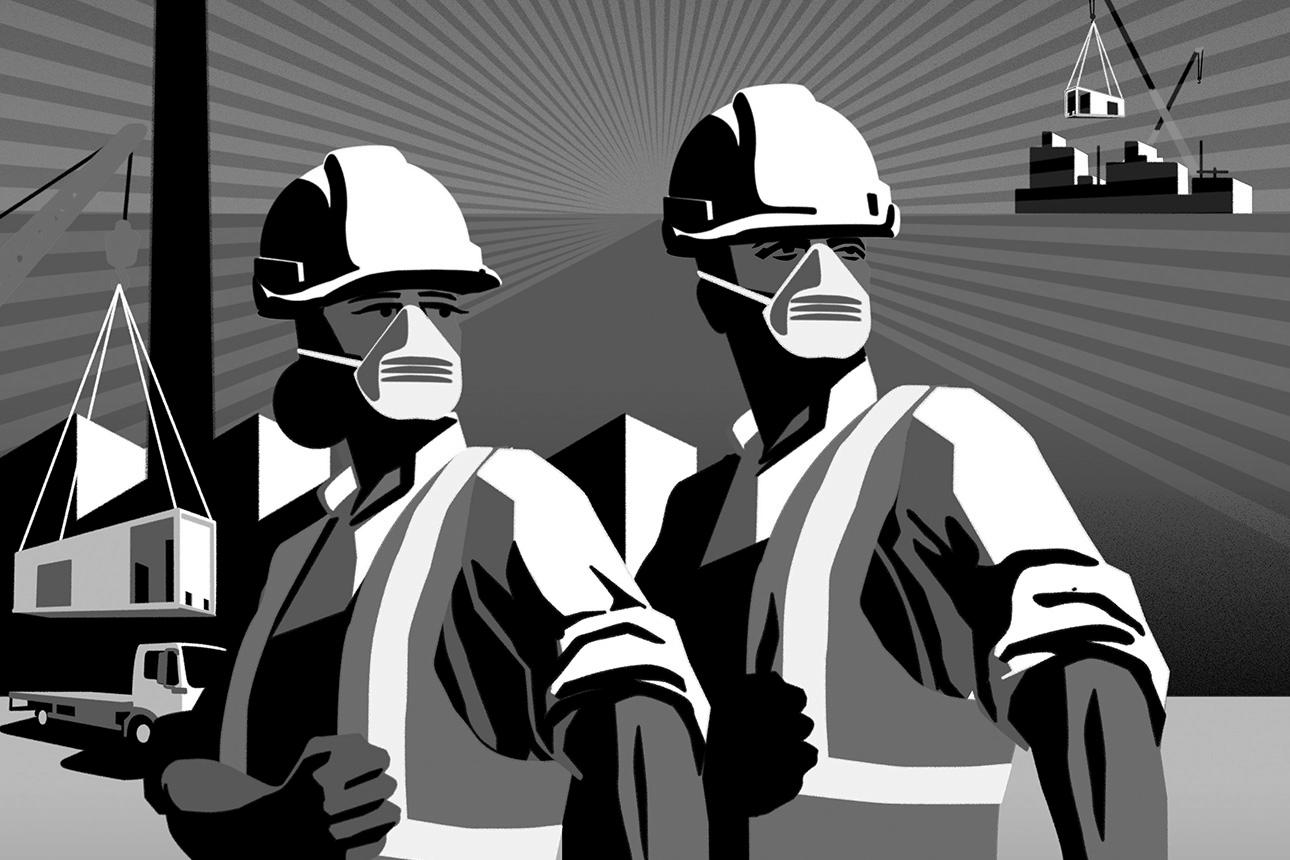OSHA’s longest-serving administrator identifies safety approaches that work — and those that don’t.
Topics
Frontiers
An MIT SMR initiative exploring how technology is reshaping the practice of management.
More in this series
Neil Webb/theispot.com
Chasing lower labor costs, most of the United States’ toy and game companies have relocated production outside the country, primarily to Asia. One of the only remaining game manufacturing facilities in the U.S., in East Longmeadow, Massachusetts, was originally operated by Hasbro but is now run by Cartamundi, a Belgian company that manufactures products for Hasbro. It is a unionized factory in a state with high wage, tax, and energy costs.
The reason Hasbro didn’t follow the rest of the industry to Asia is that this factory runs much more efficiently than the ones that moved. Through a voluntary safety program under the umbrella of the Occupational Safety and Health Administration (OSHA), the plant’s managers and workers collaborate to find and fix safety hazards and, in doing so, have made the plant dramatically more productive. In fact, in 2017, Hasbro determined that it would be cost-effective to bring Play-Doh production back from Asia and manufacture it in Massachusetts.
Email Updates on the Future of Work
Monthly research-based updates on what the future of work means for your workplace, teams, and culture.
Please enter a valid email address
Thank you for signing up
I know this because I was the head of OSHA at the time and learned from executives at Hasbro that the safety program was a key reason behind the decision not to move the plant to Asia. I ran OSHA for more than seven years, from early in the Obama administration until Donald Trump took office in 2017, almost double the tenure of any other OSHA administrator.
In my decades of safety work in government and the private sector, I have seen very clearly that worker safety and operational excellence are inseparable, a conclusion that is supported by academic research. Businesses that have fully embraced worker safety produce a higher-quality product; have more productive, loyal workers; and, most importantly, experience fewer work injuries, which in turn greatly reduces the costs associated with such events.
The corporate leader who most influenced my thinking about workplace safety is Paul O’Neill, who was CEO of aluminum producer and processor Alcoa from 1987 to 1999. (It has since split into two companies.) Alcoa was struggling in terms of both profits and safety when O’Neill took over, and he soon made safety his primary focus. He instructed his managers to prioritize safety and set a goal of zero injuries in every one of Alcoa’s 342 facilities in 43 countries.
Reprint #:
“The MIT Sloan Management Review is a research-based magazine and digital platform for business executives published at the MIT Sloan School of Management.”
Please visit the firm link to site






